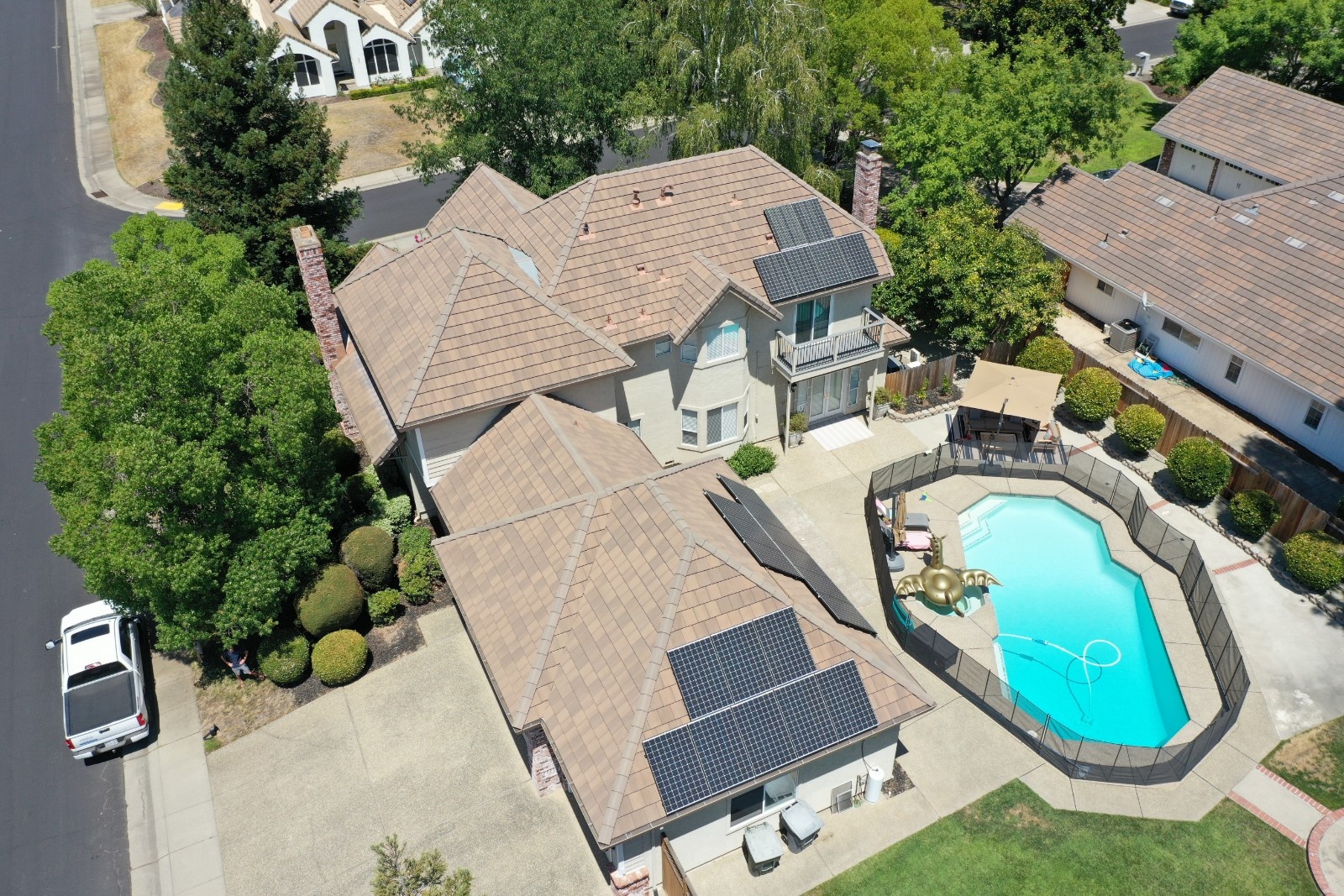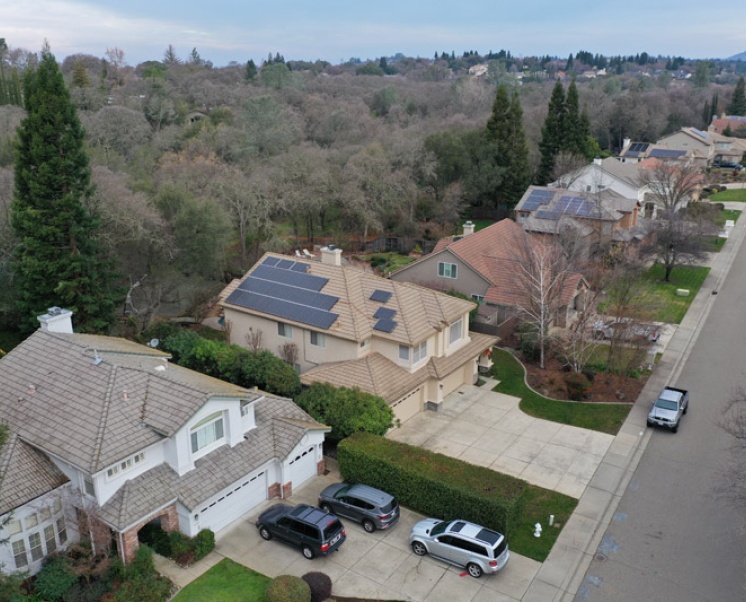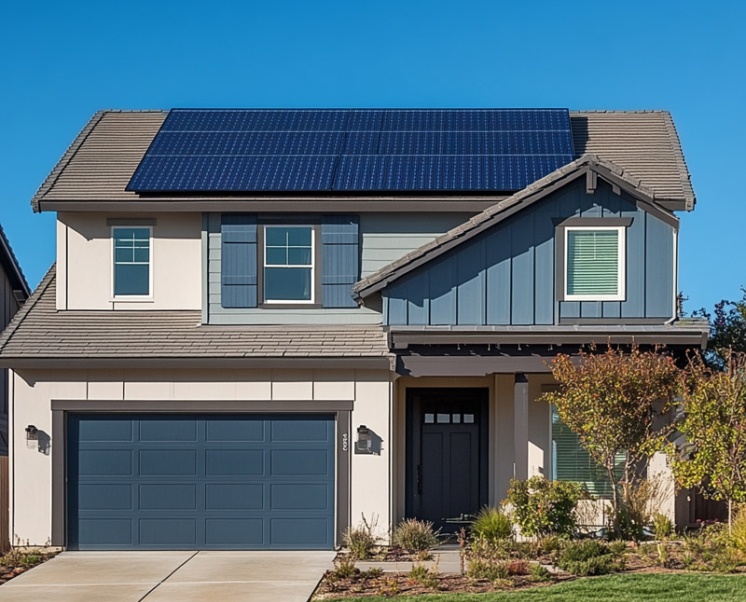Solar Installation Mounting Options
We install on roofs, on the ground, and on shade structures. Each mounting type has specific hardware to ensure stability and meet code requirements.
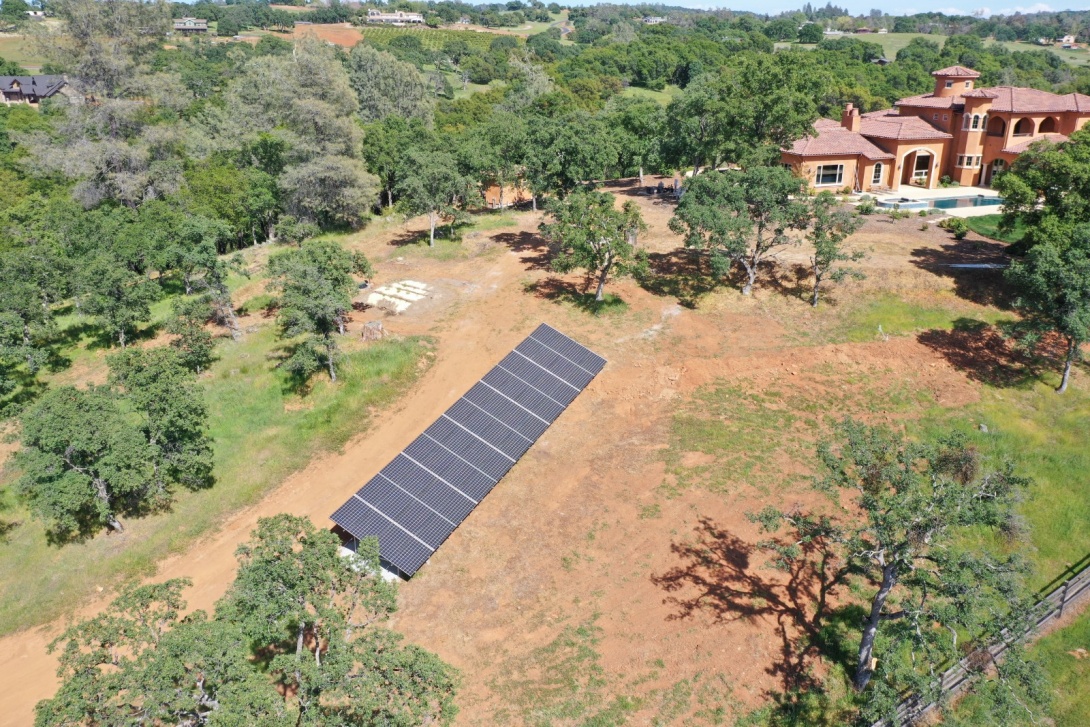
Ground Mounts
Ground mounted solar arrays are fantastic when there is available land near the home. They often can be faced at the optimal azimuth (south). They stay cooler as they don’t have a hot roof underneath which leads to greater performance. They are also simple to wash off during periods of extended dry weather.
The biggest considerations are the distance to the point of interconnection (where the solar ties into an electrical panel). Most building departments require a minimum of 18″ from the top of the conduit to the surface of the ground. Trenching is not allowed to go through leach fields and septic tanks. Existing utilities require hand digging. If any warranty work is required, the ground mount is easier to work on.
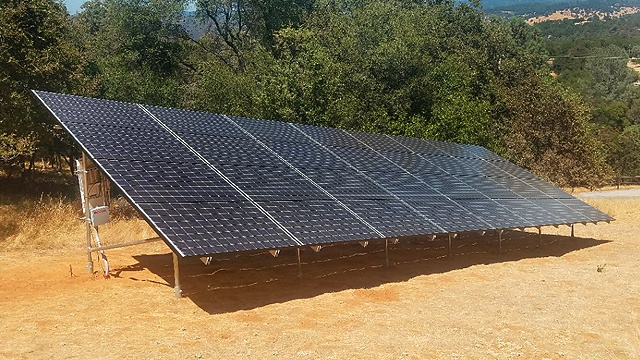
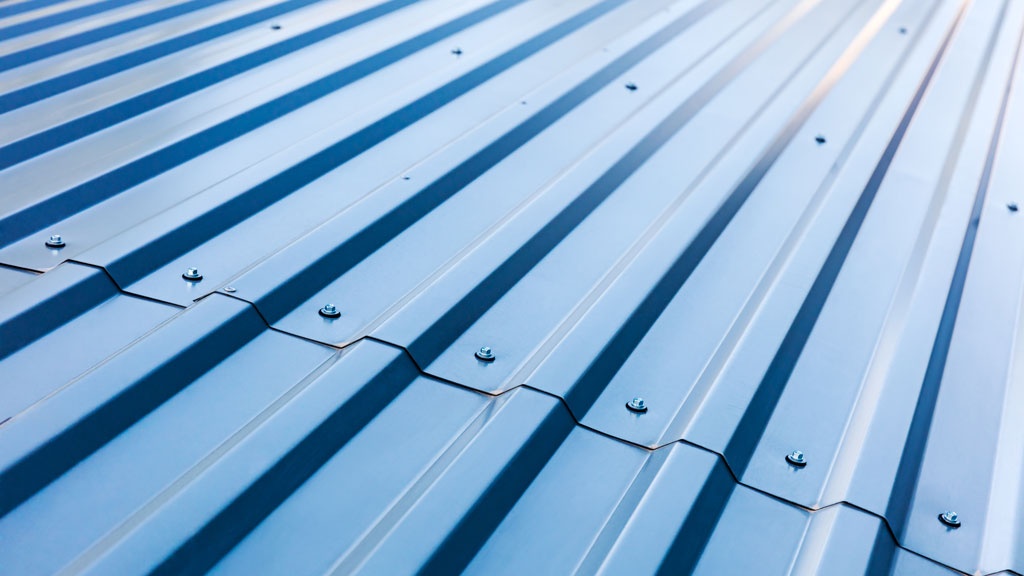
Corrugated Metal Roofs
Speak with someone now.

These guys are awesome. We got 7 bids total and they were the 2nd-lowest of the 7. We went with them because we just felt more comfortable with what they were presenting. The bid packet that Heath put together was very detailed. He really knows his stuff and is very professional. It took a few months to get all of the bids in. Heath was very patient throughout the process and he answered all of our questions. No pressure, he just checked in from time-to time to see how we were doing. He also provided a long list of references. The install process was smooth and went quickly. The installers/electricians were equally professional. Truly a top-notch organization. We're very happy with our system. I can't recommend them enough.
Bill Webster
Tile Roofs
Concrete tiles are common in our region. There are multiple methods for installing on tile roofs. We prefer removing the tile, drilling a pilot hole into the rafter or trusses. That hole is filled with a tripolymer sealant and a special metal hook is bolted down. The tile is laid back on top and should lay flat with the other tiles. If the tile doesn’t interlock and lay flat then a groove needs to be grinded on the back of the tile (this additional step is why some installers choose to use tile replacement kits or drill through the tile). There are different hooks for flat and ‘s’ or ‘w’ tiles. We prefer installing under the tile then through it or with a metal tile replacement. This method provides an excellent water seal and maintains the integrity of the roof. Clay tiles are less common roofing material found in our area. Clay tiles are often delicate and easily break. We generally recommend removing them, putting a layer of composition shingles down. The solar installed on the shingles and the clay tiles surround the solar panels. This helps to avoid breaking clay tiles and provides a pleasant aesthetic with the solar appearing to be inlaid with the roof.
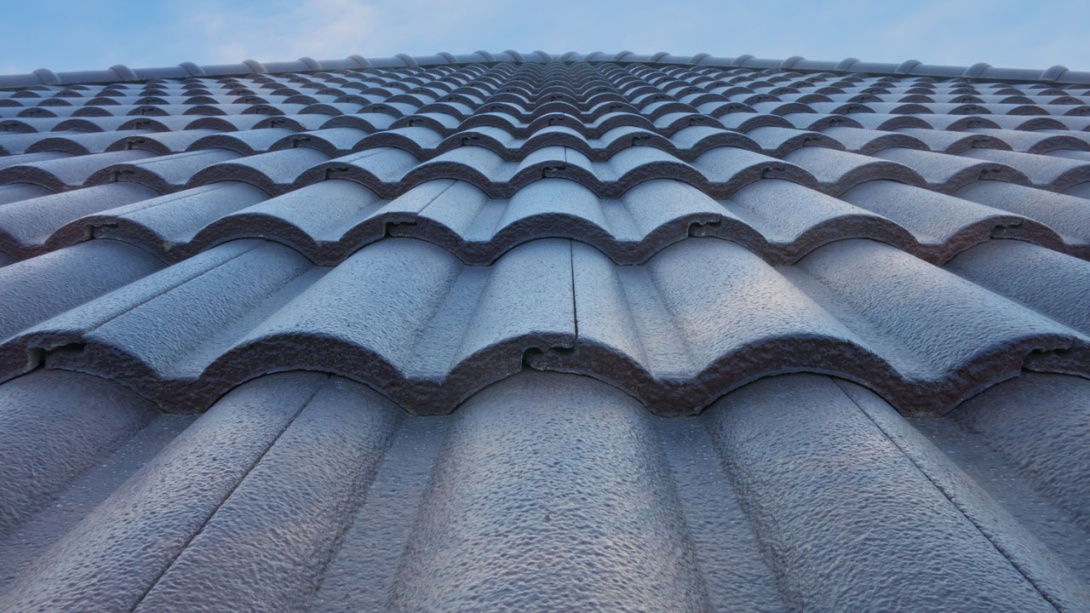

Tilt Mounts
We can use tilt kits to offset undesirable northern slopes and increase production. If your other roofs faces do not have enough space are shaded or this is some other issue, this might be a good solution optimize the output of the solar panels.
Shade Structures
We have installed on pergolas and carports. Both existing structures and structures we have built ourselves. When installing on a structure, the building department is going to require the proper engineering. It is important to know the how the support beams were installed (depth of footer, rebar, concrete). If the structure is not permitted, then it will be required to get a permit. If there are no available plans, then some will need to be created. If there are not photographs showing the depth of the footers before concrete, it is likely it will not be able to pass an inspection. We also build custom shade structures for solar. The most economic structures are wood only with solar panels on top. They can be built with roofs, lights, a fan, stone veneer columns and more. This a great alternative when a homeowner doesn’t want solar panels on their roof and doesn’t have the space for a ground mount.

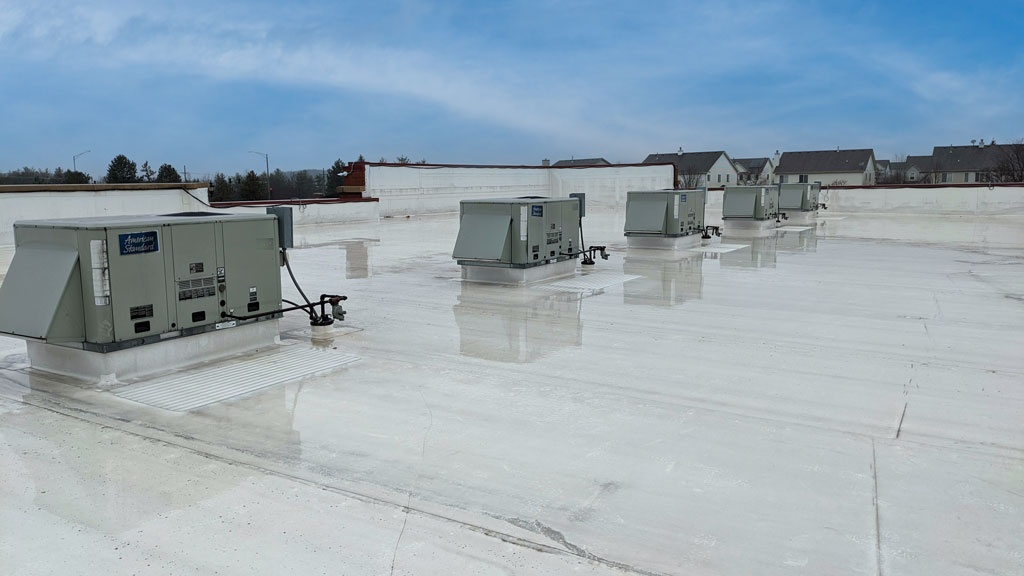
Membrane Roofs
There are two common installation types on membrane roofs. If the roof is flat and not in area with seismic requirements, ballasted mounting systems can be used. These type of systems do not penetrate the roof and use weighted blocks to meet the structural requirements of the area (wind, snow, weight).
When there are seismic requirements or the roof is not flat, then there are special attachments used to hold the racking system to the roof, requiring a penetration. The membrane specific attachments require a boot to be installed around them and sealed appropriately to the roof.
